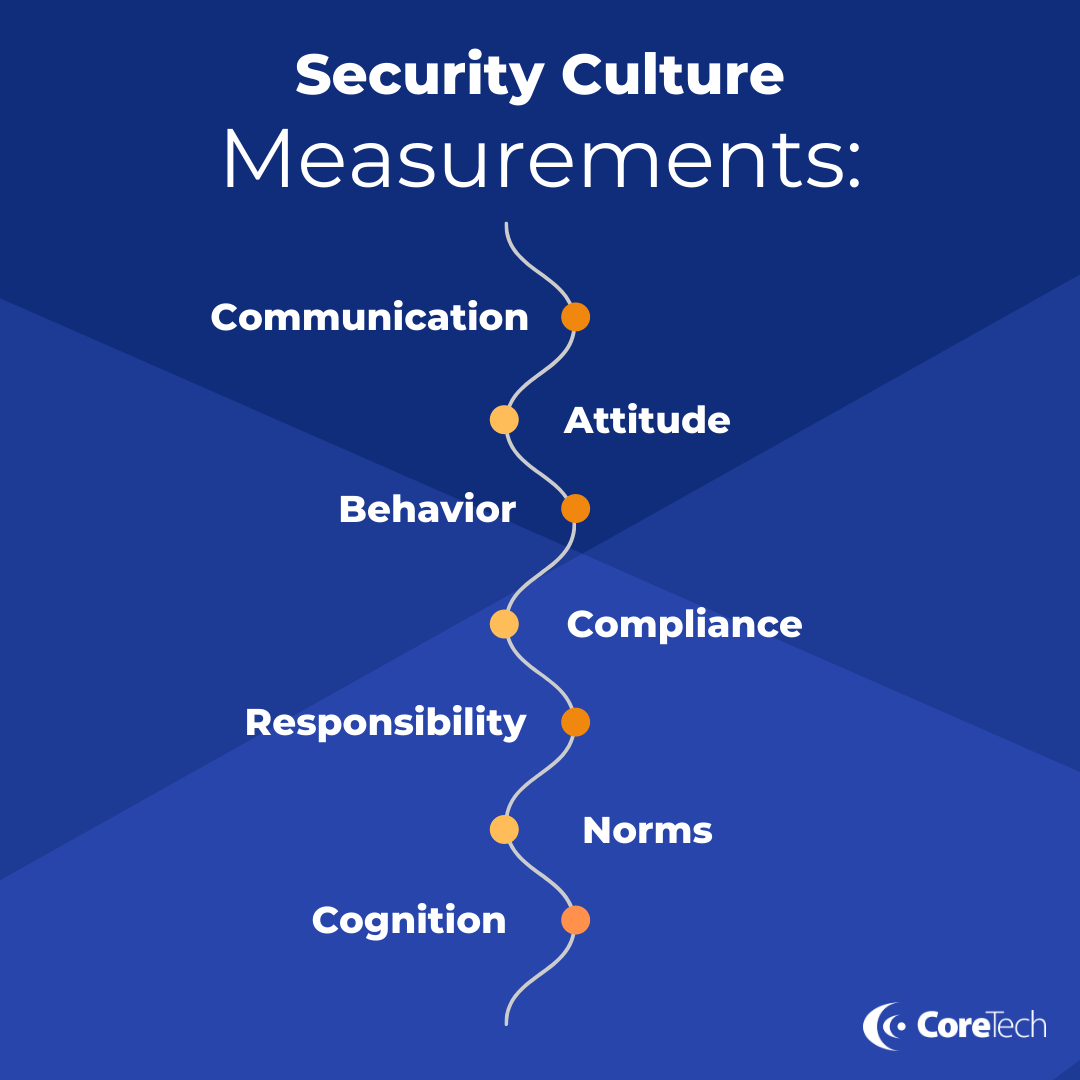 With our dependence on technology and the significant increase in hacker activity in the organization no one should need to ask if they have enough security implemented throughout the organization. It’s important to know that security is crucial, and it must be embedded into everything an organization does. A quick look at the news provides details on the security events of the day tied to an application's vulnerability or a major hack that occurred at a company or government organization. Security is mainstream and widespread, but company security culture has not kept pace with the threat landscape.
With our dependence on technology and the significant increase in hacker activity in the organization no one should need to ask if they have enough security implemented throughout the organization. It’s important to know that security is crucial, and it must be embedded into everything an organization does. A quick look at the news provides details on the security events of the day tied to an application's vulnerability or a major hack that occurred at a company or government organization. Security is mainstream and widespread, but company security culture has not kept pace with the threat landscape.
Security culture is shaped by the outlook of the entire company towards cybersecurity. Are they making the right choices when faced with an unknown link in an email? Do they know the steps to take in the event of a vulnerability? Do they know how to spot a Phishing attempt if one shows up in their inbox or browser suddenly? You might’ve already established a basic security culture within the workplace, but how do you know if your expectations and procedures are being implemented?
Security culture features
Sustained security culture has four important characteristics. First, it is intentional and disruptive. The principal goal of a security culture is to foster change with better security, so it should be disruptive to the organization and intentional with a set of goals to bring about change. Second, it’s fun and engaging. Staff want to participate in a security culture that is challenging and enjoyable. Third, it should be rewarding. For staff to invest their effort and time, they need to understand what they get in return, and how a security-conscious workforce benefits the company. Fourth, it allows for a return on investment. The primary reason anyone focuses on security is to improve protection and lower vulnerabilities. Each security measure implemented must give multiple pay back of efforts financed.
Security culture measurements:
Company security culture can be measured:

- Communication – the quality of communication channels to discuss security-related events, promote a sense of inclusion, and provide support for security issues and incidents.
- Attitude - the feelings and beliefs that employees have towards security protocols and issues.
- Behavior – the actions and activities of employees that have a direct or indirect impact on the security of the organization.
- Compliance – the knowledge of written security policies and the extent that employees follow them.
- Responsibility – how employees perceive their role as a critical factor in sustaining or endangering the security of the organization.
- Norms- the knowledge of and adherence to unwritten rules of conduct in the organization.
- Cognition – the employee's understanding, knowledge, and awareness of security issues and activities.
5 steps to build your company security culture:
Yes, there is a lot to consider when protecting your business, whether it be tools, resources, education, or culture. Don’t throw up your hands or be overwhelmed. Tap outsourced IT security providers that can help you, and follow the steps below.
- Assess risk – set up periodic assessments, or better yet, continuous monitoring of your organization's risks. Make sure that your risk assessment includes the human factors as measured by the security culture, knowledge, and behavior of the organization and its employees.
- Use the seven measurements – actively work on building a strong security culture using the seven measurements above as a guideline for improvement.
- Train and measure through automation and engagement – partner with Automated Security Awareness providers to design and automate the correct awareness training program to your diverse audience, including engaging content, attack simulations, and unique communication tools.
- Communicate consistently – communicate often by partnering with other departments and connecting their messages to overall security initiatives.
- Peer engagement – the security landscape is always changing and it’s difficult to keep track of changes. Leverage your security community to learn from others, and to share your own experience and knowledge.
A well-oiled security culture will not only impact the day-to-day operations but will also determine how often your IT provider or IT staff must deal with security intrusions. Time that could be spent on other projects. When employees are concerned about IT security and safety, your whole company is better protected. Education and encouragement need to be consistent to build an impactful security culture. It then becomes not a once-in-a-while event but ingrained in everything you do.
How can we help?
Company security culture is now more complicated than ever before. Employees are working from home, and the bad actors are increasing in number and skill. We want to help you not only create a safe workplace environment but build up security culture as well. Try out the different measurements and steps and let us know how they went in the comments section below!
Is your IT Security in tip-top shape? Take our IT Security Scorecard Assessment to find out!


